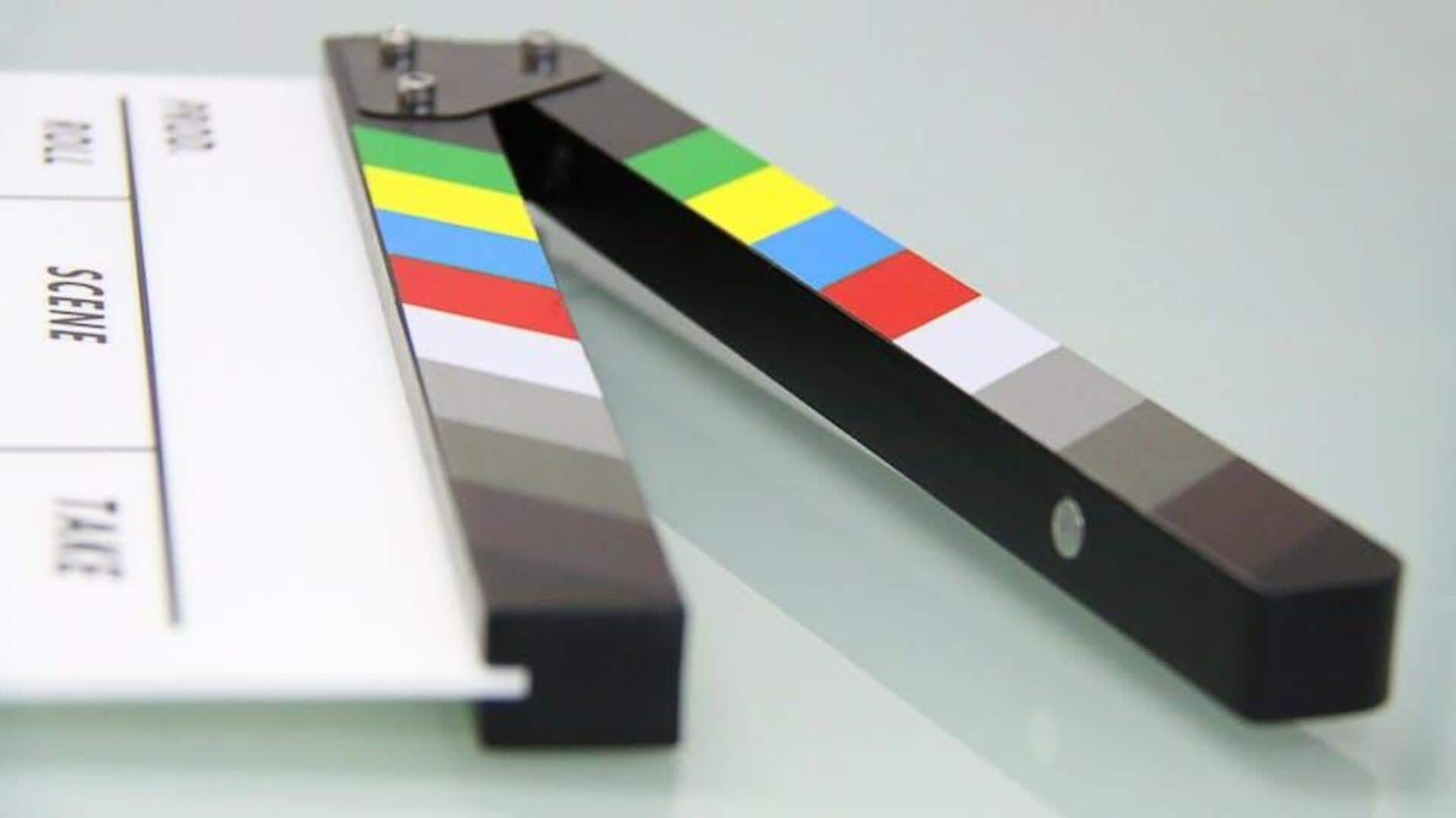In this guide, we’ll show you the best external camera screens and monitors, and explaining why an external screen can be hugely beneficial for videography. Any serious video rig will almost certainly have two things in addition to the camera: an external microphone for better audio, and an external screen or monitor that shows what’s being captured. Even with the , or , the built-in screens are almost universally too small to see from any kind of distance – even the high-end 8K has only a 3.
2-inch rear screen. They are generally dim so that they are swamped by outdoor glare, and in many cases can’t be angled easily in all directions. An external monitor is a way to solve all these problems at a stroke – and some are also equipped with recording ability, allowing you to record video at higher resolutions, frame rates or quality levels than the camera otherwise offers.

Here is our roundup of recommendations: what each one does and how it works. Products are grouped into families and brands to make it easier to compare the features of these camera monitors. : , , The Atomos Ninja V is .
It’s been around for a while and has become practically the standard external monitor for many mirrorless cameras – its ability to capture 4K ProRes Raw video has seen it adopted by many camera makers. It’s also opened up the potential for raw capture with cameras that don’t support it internally; though some models may require a firmware update. Given its capabilities, the Ninja V is great value, and many videographers will need look no further.
SSD storage is not included, however, and Atomos’s own storage media is expensive – though there are cheaper third-party solutions. The standard Atomos Ninja V tops out at a resolution of 4K 60, which is sufficient for most filmmakers. However, you’ll have noticed how many cameras now shoot 6K or even 8K, and the Ninja V+ has been made to handle these much higher resolutions; offering 8K capture at 30fps and 4K at an impressive 120fps.
The screen is slightly larger than the Ninja V’s at 5.2 inches, though the difference is barely noticeable. The resolution and maximum brightness are the same – as is the interface, storage and even the weight.
The Ninja V+ is more expensive than the original, as you’d expect, but not a whole lot more when you take into account its 8K capture capabilities. Not everyone needs an external recorder. Many current cameras offer internal recording at 10-bit quality perfectly good enough for log recording and colour grading later.
An external monitor is still a great shooting accessory, and its improved display is probably worth at least as much as, if not more than, external recording features. So if you just want the Ninja V’s 5-inch display but not its internal recording, then the Shinobi 5-inch is for you. It’s a lot cheaper than the Ninja V and barely two-thirds the weight – and weight is a big factor if you’re going to mount your external monitor on the camera.
Be aware, though, that the resolution tops out at 4K 30p or FHD at 60p; many of the can go beyond this. You may have grokked by now that the Atomos external monitor range has two main families: the Ninjas offer external recording too, while the Shinobis are just for monitoring. The Shinobi 7-inch, as the name suggests, boasts a larger screen than the Ninja Models or the smaller Shinobi 5-inch.
It can also display 4K 60 video and has a higher maximum brightness than the Shinobi 5-inch. However, it is twice the price and more than twice the weight, so you’d probably keep this for higher-end setups where you need the bigger screen and are using a setup where the weight matters less – 577g would be a lot to have fixed to the top of the camera if you’re shooting handheld or with a gimbal. Atomos and Blackmagic are the big names in external camera screens, but are not the cheapest.
For a more affordable monitor without external recording, there are several less expensive brands, and Feelworld is one of the most widely available. This 5.7-inch display costs a good deal less than an Atomos or Blackmagic equivalents, and its 200g weight means it can sit quite nicely on a DSLR or mirrorless camera hotshoe without overbalancing your setup.
It can display 4K 30p footage or Full HD at 60p, which will be enough more many filmmakers, though its screen is not the brightest, which could affect its usability outdoors. The Feelworld LUT7 offers a 7-inch display for less than the price of 5-inch external monitors from Atomos or Blackmagic. It’s another monitor-only device (no external recording) but that is often enough in itself.
It shares the same maximum 4K 30 frame rate as the smaller 5.7-inch model, but it does come with the ability to preview custom 3D LUTs, which can be important when working with colourists or on more advanced film projects. While the price is very good for a 7-inch external display, it’s worth pointing out that the larger screen size practically doubles the weight, so this may be less practical for handheld or gimbal shooting.
This is a factor with all 7-inch external screens. It’s also worth spending some time checking out the full Feelworld external monitor range, which is pretty extensive. Blackmagic Design is another big name in external screens alongside Atomos.
Its four combined external monitors/recorders are designed to dovetail with Blackmagic’s full system of cinema cameras, switchers and other video production tools – but they work well with other-brand cameras too – with some factors taken into account. The Blackmagic Video Assist 5-inch 3G is the baby of the range, though is no cheaper than a Ninja V and is restricted to FHD 60 video capture. It really only makes sense if you’re using a 1080 video workflow rather than 4K.
Another disadvantage is that it’s one of the least bright screens out there, so might need some shading in bright outdoor light. On the upside, it can record video straight to UHS II SD cards rather than the more expensive SSD storage used by Atomos. On the downside, it does not support the Blackmagic raw format, though it can capture video in high-quality Apple ProRes.
This is a much more powerful alternative to the basic VideoAssist 5-inch 3G model. The ’12G’ comes from its faster 12G-SDI interface – SDI is a common digital interface in the video industry with higher-end gear and like HDMI comes in different speeds. The Video Assist 5-inch 12G also has a faster HDMI 2.
0 interface than the older HDMI 1.4 port on the 3G model. Between them, these faster connections allow 4K 60 capture.
That’s by no means the only advantage of the 12G model. It has a screen six times brighter, which should make a big difference for outdoor shooting, plus the ability to record straight to a USB-C SSD as an alternative to an SD card. The Video Assist 5-inch 12G can also record Blackmagic raw video, though it does require that the camera is compatible.
Blackmagic’s own cinema cameras are, of course, as are a number cine and filmmaking cameras from other brands, though at the DSLR/mirrorless end of the market, support for this format is not yet as wide as that for the Atomos Ninja V and its Apple ProRes. If you’re happy to stick with a Full HD video workflow and just need a larger screen, then the Video Assist 7-inch 3G is the logical upgrade from the 5-inch 3G version. However, as well as sharing the same resolution limit, it also has a much dimmer screen than Blackmagic’s newer 12G models.
Not only that, with a weight of 825g, it’s not well suited to handheld or gimbal use, and will be more at home attached to a proper cinema rig. If you just need a bigger monitor, there are many cheaper alternatives, though the Video Assist 7-inch 3G’s external ProRes recording could be an advantage. As the whole industry shifts towards 4K as a baseline standard these days, Blackmagic’s 12G external screens look a much better buy.
The Video Assist 7-inch 12G HDR is top dog in Blackmagic’s Video Assist range, and the next step up from here is full-scale professional monitoring equipment, which is a whole new ballpark. It’s more expensive than the Atomos Ninja V at the top of our list, but it does have a bigger 7-inch screen. The nearest equivalent from the Atomos range is the Shogun Connect 7, which is like a 7-inch version of the 8K Ninja V+ but with wireless connectivity too for production teams and remote collaboration – so probably a step beyond the scope of most solo shooters and vloggers.
The Video Assist 7-inch 12G HDR would make a lot of sense in professional filming situations especially those involving other Blackmagic gear and DaVinci Resolve (one of the ). For single users though, the Atomos Ninja V might prove the most cost effective and widely compatible and practical solution all round. Some film makers and video creators use the camera as an external viewfinder, as it can simulate LUTs and CINE framing options needed by high-end film makers.
Another option is to use a or , which can be used as high-res external screens. – sometimes ones you didn’t know you had, or could be fixed. Typically they attach to your camera’s accessory shoe via a ball and socket adaptor that lets you angle them in any direction, for when you need to film yourself.
They can also attach to ‘rigs’ or camera ‘cages’ in more advanced setups. Screen sizes start at around 5 inches, already much larger than the screens on the back of cameras, and with a 1920 x 1080 Full HD resolution that lets you see the finest details. Different models can also display vectorscopes, waveforms, zebra patterns and other shooting aids, and may be able to simulate and HDR capture for those using more advanced shooting and editing workflows.
The top camera monitors can transform your video shooting experience just by virtue of their bigger, better displays, and some models offer internal recording, too. This means you can often bypass the file format and codec limitations of your camera’s in-built capture, so that many consumer-grade mirrorless cameras, for example, can capture raw video on an external recorder when that’s not possible internally..



















